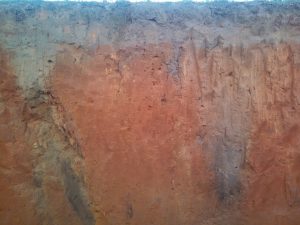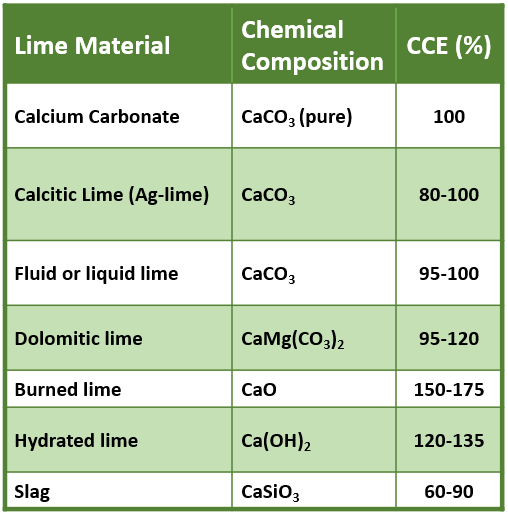 I always start my answer (like any good soil scientist) with, “It depends!” If your soil pH is low, I would recommend a liming material. If your soil pH is close to the target pH, I would recommend other calcium sources. Not all calcium sources are equal in their ability to adjust soil pH. It’s not the addition of calcium that neutralizes acids in the soil. It’s actually the oxides, hydroxides, carbonates, or silicates in the liming materials that adjusts the soil pH.
I always start my answer (like any good soil scientist) with, “It depends!” If your soil pH is low, I would recommend a liming material. If your soil pH is close to the target pH, I would recommend other calcium sources. Not all calcium sources are equal in their ability to adjust soil pH. It’s not the addition of calcium that neutralizes acids in the soil. It’s actually the oxides, hydroxides, carbonates, or silicates in the liming materials that adjusts the soil pH.
We measure liming materials to the standard of pure Calcium Carbonate. We express this in terms of Calcium Carbonate Equivalent (CCE). Some liming materials even have a higher CCE than calcium carbonate, such as hydrated lime and burned lime. Gypsum has a CCE of zero, thus has very little effect on soil pH.

Source: Soil Fertility and Fertilizers – An Introduction to Nutrient Management, 8th edition by John L. Havlin, Samuel L. Tisdale, Werner L. Nelson, and James D. Beaton
–
If the soil pH needs to be raised, I would recommend choosing the most economical method to accomplish this goal. Many times, this will be dolomitic or calcitic lime. If the soil test shows a need for magnesium as well as lime, you should choose dolomitic lime. Apply lime 2-3 months ahead of planting, in order to give the soil pH time to adjust.
Calcium is a macronutrient that is essential for normal plant growth. In some parts of the Florida Panhandle, soil calcium can be low. Depending on the situation, soil calcium could be low while the soil pH is close to target pH. In this case, you would add a calcium source that will not greatly affect the pH of the soil, such as calcium nitrate, rock phosphate, gypsum, or chelated calcium. Calcium chloride is not a liming material, but should be applied cautiously as excess chloride causes plant damage.
If you have questions about what to use on your specific soils, contact your local extension agent.
- Field Days are for Education– Recap of the WFREC 2025 Corn & Soybean Field Day - July 25, 2025
- Spray Drone Regulations - July 16, 2024
- 2023 WFREC Crop Variety Trial Results - February 2, 2024
